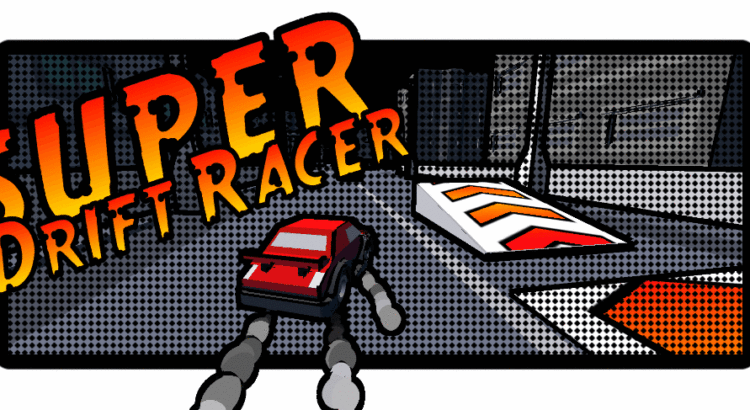Once upon a time, I had an idea: why not make small games in two-three week sprints? I would design a small game with an interesting mechanic or polished gameplay. Ideally, it would have both. And I would repeat the process every couple of weeks. In this way, I would have a chance to work on different projects, not get bored and be productive. Sounds great, right? As a first project, I decided to do something simple: an infinite racer. The plan was to develop mechanics in a week, spend another one polishing, release the game on the Play Store, and move on to the next project. Simple! So today I am proud to announce that I did release the game! In ten months…
What went wrong
Surprisingly not much. But how did I manage to stretch a couple of weeks’ project to ten months? First and foremost the hope of earning some money got the better of me. And the second reason was my hate for the Play Store bureaucracy. Let me explain.
I developed pretty much the whole game in three weeks. Sure I went overboard for about a week. But one week is not a huge deal, and it’s only 50% more than the original plan. The rule of thumb says multiply your initial estimates by two so I count it as a win.
The problem started a friend of mine convinced me to test the game with a hyper-casual publisher. And to be honest, it is not a bad idea. You submit the game, they pay for KPI tests, and if the results are satisfying they throw lots of money at you. It’s a win-win business model. But in order for this to work you need to implement lots of APIs and jump through a bunch of hoops. I hate those things! I hate them with a passion! So my friend offered me to deal with those things since he had experience working in a hyper-casual studio.
I accepted, and in a relatively short time, he made an ad video. Unfortunately, he made a very good job! The game looked very fun. But the lack of content was very noticeable. Of course, I couldn’t “waste the potential.” I went back to content development. Or that’s what I told myself. I didn’t enjoy working on road pieces for this particular game. So I didn’t. I kept postponing it for ten months. I didn’t start another project because Super Drift Racer was there. Silently judging me from my desktop.
It lasted for nine months until I finally decided to release it no matter what. Once again I did try the testing thingy but the bureaucracy was too much. Finally, I pressed that release button in the Play Store and here we are!
What could be better
I spent a significant amount of development time on level creation tools. In fact, I spent that extra week of development time on the tools. And these tools would be useful had I actually spent more time on content creation. Also using UI Toolkit instead of old IMGUI would save me a lot of time. But I didn’t know how to use it back then.
Not spending so much time on level generation tools and/or learning UI Toolkit instead would be a better investment of my time.
What went right
Pretty much everything else. Even though the game is simple it is polished. I like the gameplay feel, I like the art style (shoutout to Kenney for great free assets!). Surprisingly, Super Drift Racer turned out to be one of my favorite games to play which I developed! Sure I’m proud of Fabric and Alchemist’s Castle, but I don’t have a desire to play them over and over again. Perhaps I should explore this procedural generation thingy further.
More importantly, Super Drift Racer got me a job! I opened the repo while I was looking, the team lead from my current company saw the code and liked it enough to skip the tech test process! So it wasn’t a complete waste of time!
Lessons learned
- If you don’t feel comfortable working on something, just ignore it. This is a hobby project after all.
- Don’t work on content creation tools unless you REALY want to work on content.
- Procedural generation and a decent amount of polish can make games fun even for devs!
Check out Super Drift Racer on Play Store and let me know what you think about it! I’m pretty sure it can entertain you for at least 10-15 minutes!
